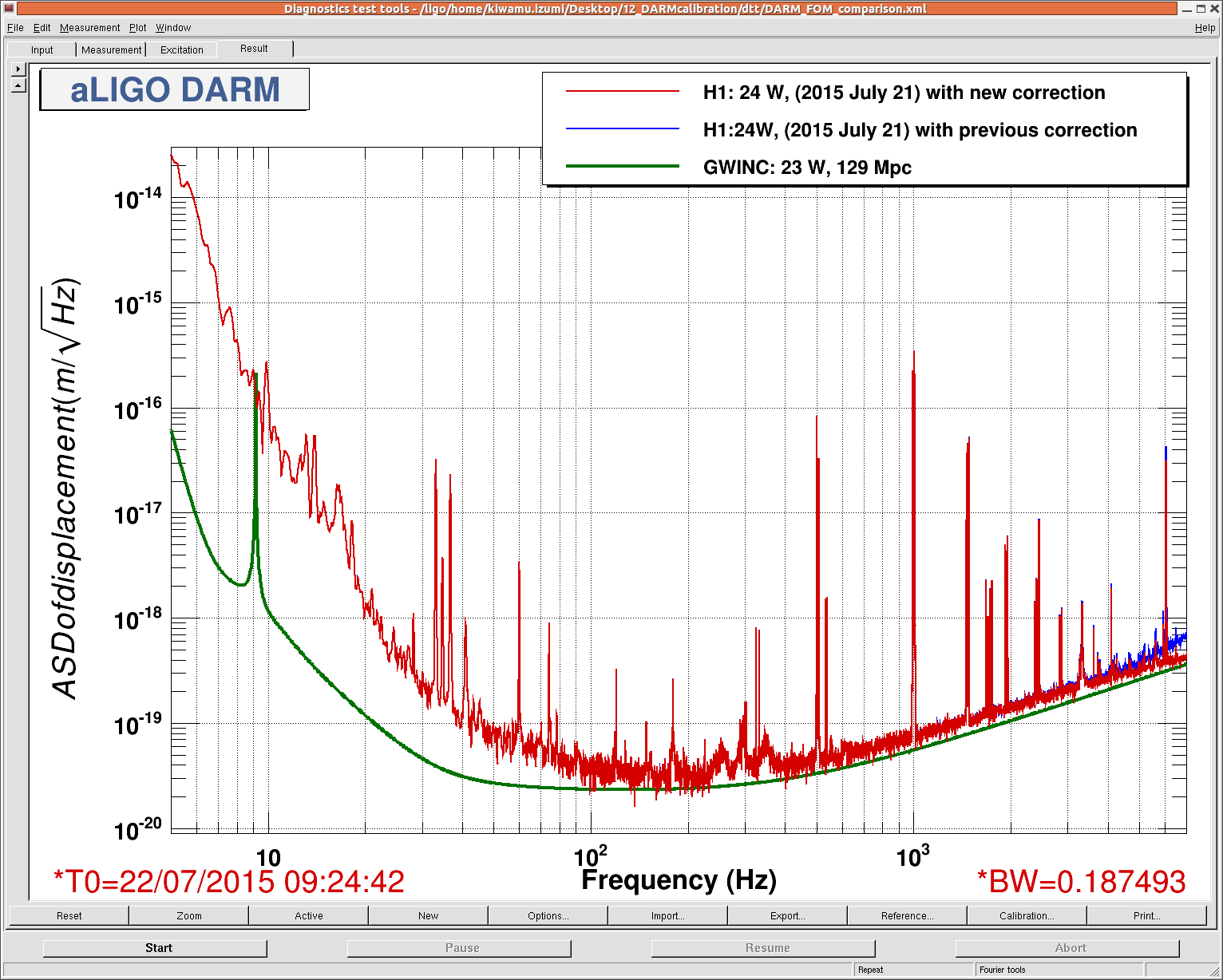9:00 Richard, Carlos, Andres,9:00 Richard, Carlos, Andres, Ken working on CR monitor install, lots of banging on wall between LVEA and CR
9:00 Richard and crew in the CR install new monitors all day on wall next to LVEA
9:30 Kyle to Ymid, back 10:30
10:15 Robert to LVEA to do PEM injections
11:30 Robert to LVEA to do PEM injections
~19:00 Earthquake breaks lock
19:10 Ken fork lifting TV pallets around the corner station ~30 mins
19:30 Elli to ISCT6, out 20:50
19:30 Elli to ISCT6, out 20:50 Ken working on CR monitor install, lots of banging on wall between LVEA and CR
9:30 Kyle to Ymid, back 10:30
10:15 Robert to LVEA to do PEM injections
11:30 Robert to LVEA to do PEM injections
~19:00 Earthquake breaks lock
19:10 Ken fork lifting TV pallets around the corner station ~30 mins
19:30 Elli to ISCT6, out 20:50
































